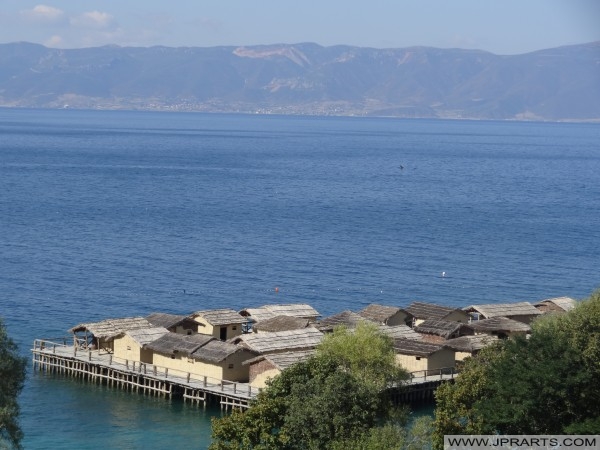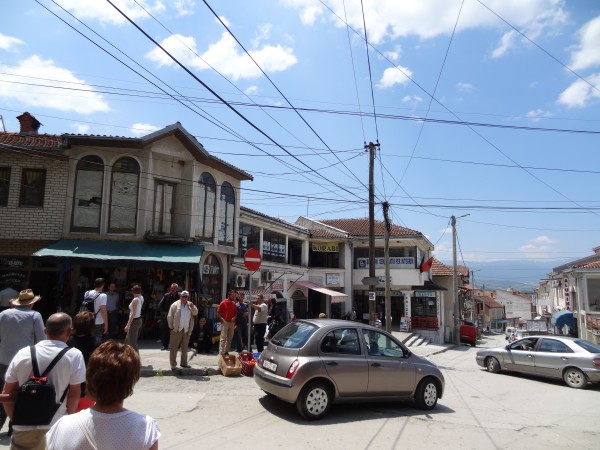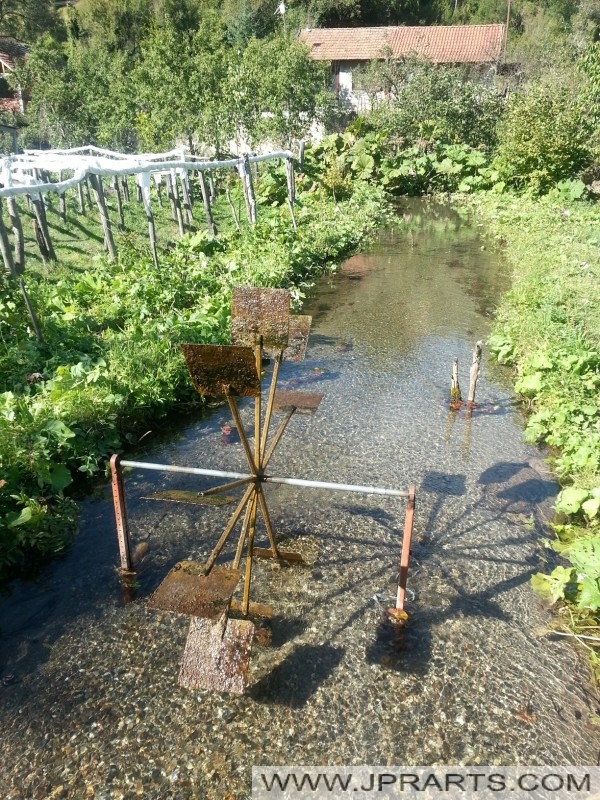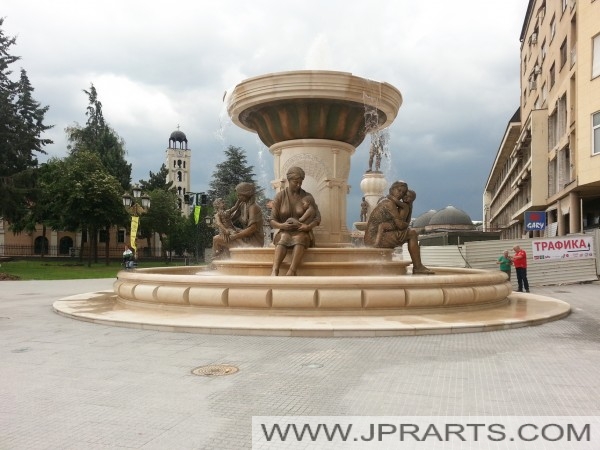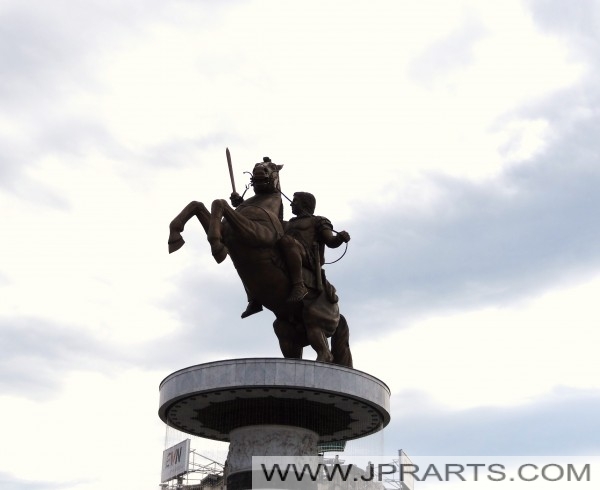North Macedonia is a country in Southeast Europe. It gained independence in 1991 as one of the successor states of Yugoslavia. North Macedonia is a landlocked country bordering with Kosovo to the northwest, Serbia to the north, Bulgaria to the east, Greece to the south, and Albania to the west. It constitutes approximately the northern third of the larger geographical region of Macedonia. Skopje, the capital and largest city, is home to a quarter of the country’s 1.83 million population. The majority of the residents are ethnic Macedonians, a South Slavic people. Albanians form a significant minority at around 25%, followed by Turks, Romani, Serbs, Bosniaks, Aromanians and a few other minorities.
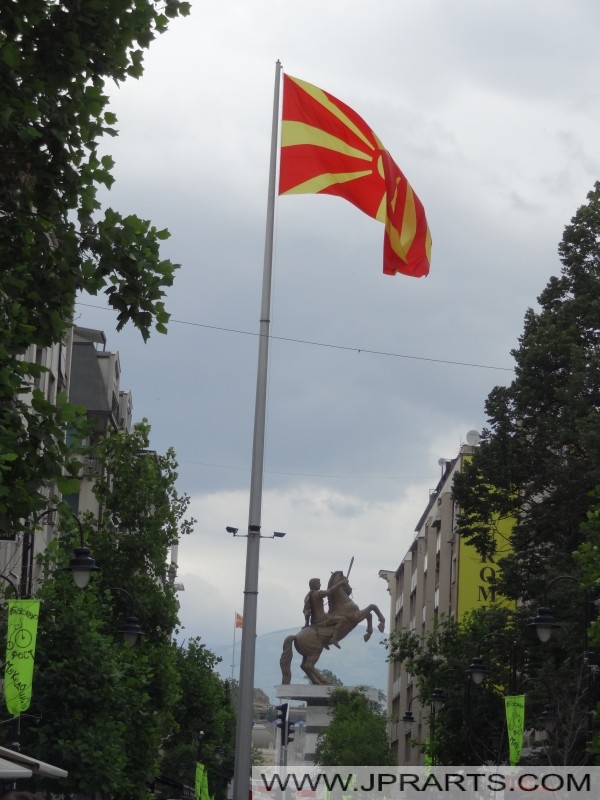
Order Digital Image 10.178 on A4 scale
North Macedonia

Order Digital Image 10.177 on A4 scale
Macedonia del Norte
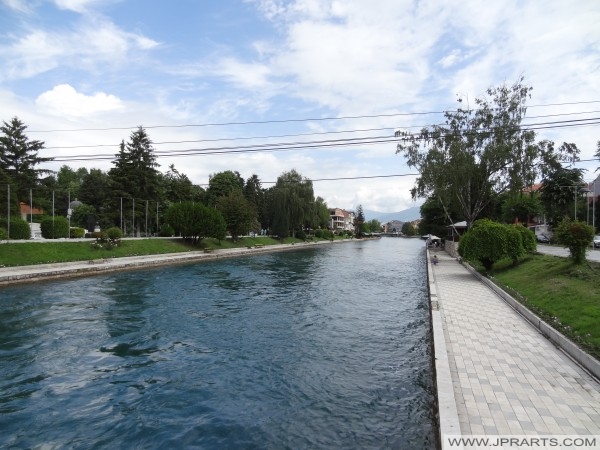
Order Digital Image 10.227 on A4 scale
The history of the region begins with the kingdom of Paeonia, a mixed Thraco-Illyrian polity. In the late sixth century BC, the area was subjugated by the Persian Achaemenid Empire, then incorporated into the Kingdom of Macedonia in the fourth century BC. The Roman Empire conquered the region in the second century BC and made it part of the larger province of Macedonia. The area remained part of the Byzantine Empire, but was often raided and settled by Slavic tribes beginning in the sixth century of the Christian era. Following centuries of contention between the Bulgarian, Byzantine, and Serbian Empires, it was part of the Ottoman Empire from the mid-14th until the early 20th century, when, following the Balkan Wars of 1912 and 1913, the modern territory of North Macedonia came under Serbian rule.
Nordmazedonien
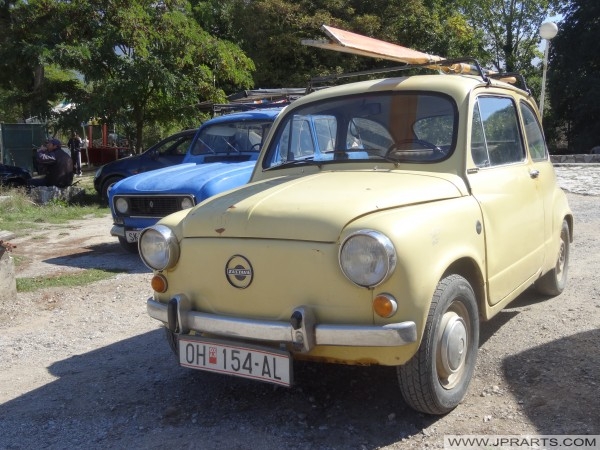
Order Digital Image 10.247 on A4 scale
Се́верная Македо́ния
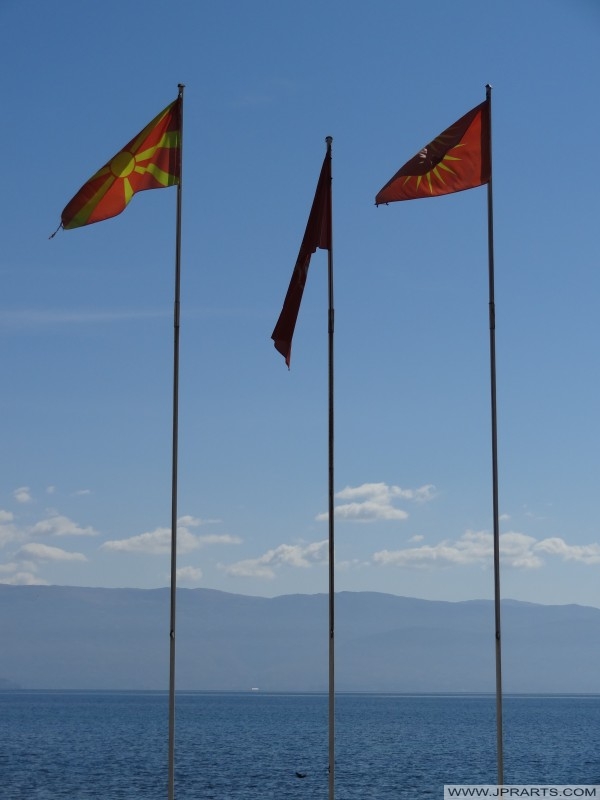
Order Digital Image 10.261 on A4 scale
During the First World War, it was ruled by Bulgaria, but after the end of the war it returned to being under Serbian rule as part of the newly formed Kingdom of Serbs, Croats and Slovenes. During the Second World War, it was ruled by Bulgaria again and in 1945 it was established as a constituent state of communist Yugoslavia, which it remained until its peaceful secession in 1991. The country became a member of the United Nations in April 1993, but as a result of a dispute with Greece over the name “Macedonia”, it was admitted under the provisional description “the former Yugoslav Republic of Macedonia” (abbreviated as “FYR Macedonia” or “FYROM”). In June 2018, Macedonia and Greece resolved the dispute with an agreement that the country should rename itself “Republic of North Macedonia”. This renaming came into effect in February 2019.
Macédoine du Nord
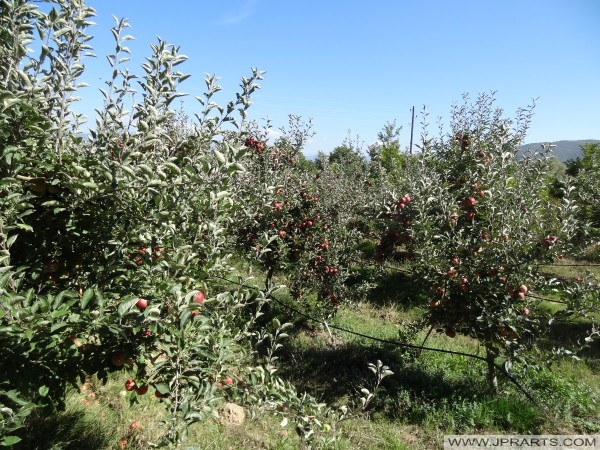
Order Digital Image 10.262 on A4 scale
Noord-Macedonië
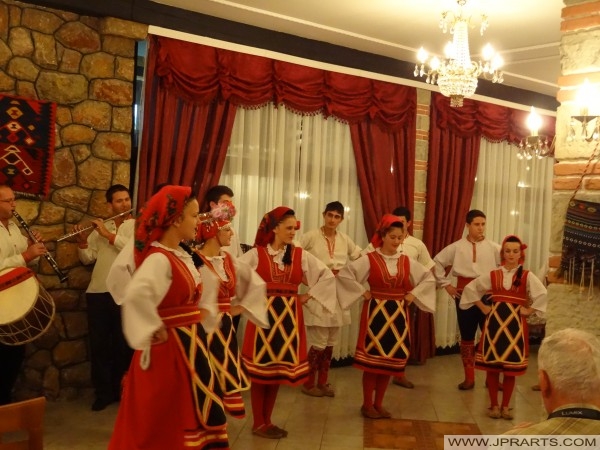
Order Digital Image 10.263 on A4 scale
The national and official language in all aspects of the whole territory of North Macedonia and in its international relations is the Macedonian language. Albanian is co-official at a state level (excluding defence, central police and monetary policy) and in local self-government units where speakers are 20% or more. Macedonian belongs to the Eastern branch of the South Slavic language group, while Albanian occupies an independent branch of the Indo-European family of languages. In municipalities where at least 20% of the population is part of another ethnic minority, those individual languages are used for official purposes in local government, alongside Macedonian and Albanian or just Macedonian.
北馬其頓
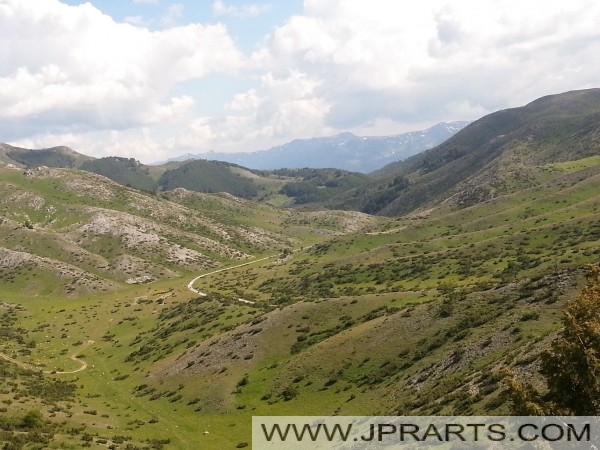
Order Digital Image 10.332 on A4 scale
Македонија
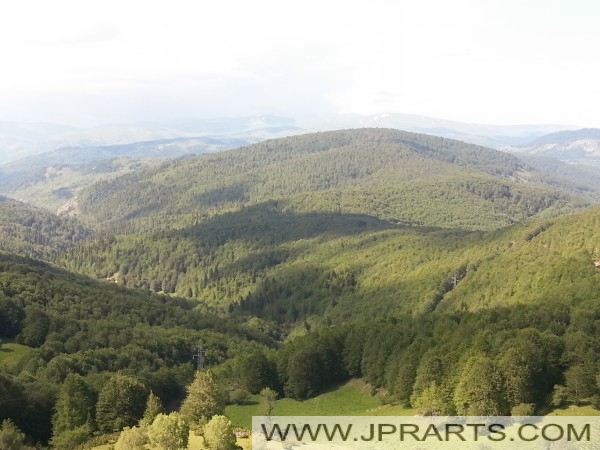
Order Digital Image 10.333 on A4 scale
Four different seasons are found in the country with warm and dry summers and moderately cold and snowy winters. The range of temperatures recorded throughout the year ranges from −20 °C (−4 °F) in winter, to 40 °C (104 °F) in summer. Low winter temperatures are influenced by winds from the north while heat seasons during summer arise due to the subtropical pressure of the Aegean Sea and climate influences from the Middle East, with the latter causing dry periods. There are three main climatic zones in the country: mildly continental in the north, temperate Mediterranean in the south and mountainous in the zones with high altitude. Along the valleys of the Vardar and Strumica rivers, in the regions of Gevgelija, Valandovo, Dojran, Strumica, and Radoviš, the climate is temperate Mediterranean. The warmest regions are Demir Kapija and Gevgelija, where the temperature in July and August frequently exceeds 40 °C (104 °F).
Βόρεια Μακεδονία

Order Digital Image 10.334 on A4 scale
Maqedonia e Veriut
Visit North Macedonia to Book Flights and Hotels Cheap Online
Visit the Cheap Webshop for Blu-rays, Books and DVDs


